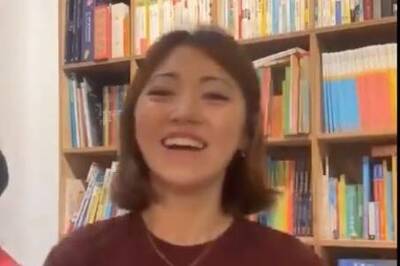《TAIPEI TIMES 焦點》Dissenting voices in KMT over platform
INTERPRETATIONS: Hau Lung-bin and his father, Hau Pei-tsun, as well as Hu Wei-chen and Wu Den-yi, are among those who appear to disagree with the new policy
By Nadia Tsao, Lin Liang-sheng and William Hetherington /
Staff reporters in WASHINGTON and TAIPEI, with staff writer
Former Taipei mayor and Chinese Nationalist Party (KMT) Vice Chairman Hau Lung-bin (郝龍斌) and other senior party members are publicly differing with KMT Chairwoman Hung Hsiu-chu’s (洪秀柱) interpretation of the so-called “1992 consensus.”
The “1992 consensus” — a term former Mainland Affairs Council chairman Su Chi (蘇起) admitted to making up in 2000 — refers to a supposed understanding between the KMT and the Chinese government that both sides acknowledge there is “one China,” with each side having its own interpretation of what “China” means.
The KMT national congress on Sept. 4 adopted a new policy platform that left out the phrase “one China, with each side having its own interpretation.”
Hung’s amendment to the platform — she says that the “1992 consensus” already contains the idea of “different interpretations” — has been seen as an attempt to move closer to “one China, same interpretation.”
Speaking with members of the US Congress on Sunday in Washington, former premier Hau Pei-tsun (郝柏村) and former National Security Council secretary-general Hu Wei-chen (胡為真) said the idea of there being “one China with different interpretations” is a prerequisite of the “1992 consensus.”
In an earlier interview with Voice Of America, the former premier said that his understanding of the consensus was that there is “one China, with different interpretations,” adding that “the so-called ‘one China’ means the ‘one China’ principle, and that ‘different interpretations’ is that mainland is the People’s Republic of China [PRC] and we are the Republic of China [ROC].”
Former vice president Wu Den-yih (吳敦義) and Hau Pei-tsun’s son, Hau Lung-bin, voiced similar opinions last weekend at the annual meeting of the Taiwan Benevolent Association of America in Boston, Massachusetts, where they spoke about the “1992 consensus” and the associated concept of “one China with different interpretations.”
Wu said that “one China” is inextricably tied to the notion of “different interpretations” and that it is impossible to have only one interpretation or ambiguous interpretations of what “China” means.
“Of course ‘one interpretation’ of China would make everyone happy, but do you think Beijing will accept one nation under the Republic of China constitution?” Wu said.
Hau Lung-bin said that any understanding of the “1992 consensus” necessitates acceptance of the idea of different interpretations of what “China” means, leading observers to speculate that he and Wu were joining hands to take on Hung.
However, KMT Culture and Communications Committee director Chow Chi-wai (周志偉) said the peaceful political platform adopted by the KMT congress is the “1992 consensus” itself, which he said strengthens the importance of the ROC Constitution.
Allowance for different interpretations of what “China” means is part of the tacit understanding that came out of the 1992 meeting that led to the consensus and that therefore this understanding remains in place whether explicitly stated or not, Chow said.
新聞來源:TAIPEI TIMES











